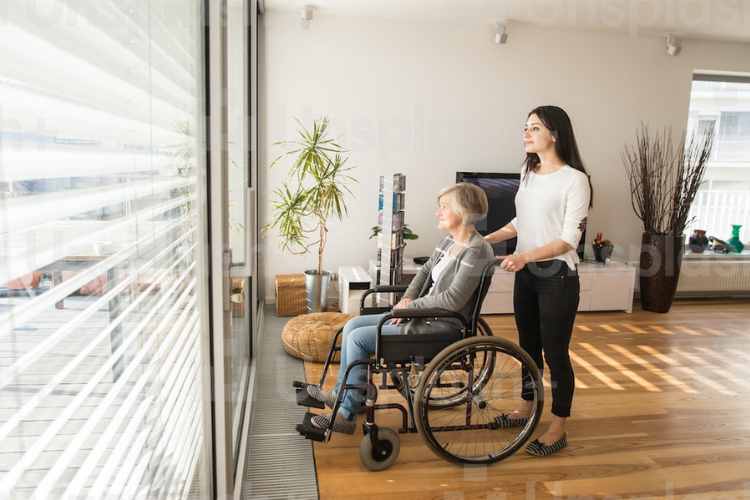The elderly population is rapidly increasing, leading to a need for more effective and efficient senior home care. As the baby boomer generation nears retirement, the demand for senior home care services has grown significantly. It has sparked interest in how technology could improve the quality of senior home care. Explore the future of senior home care and the potential benefits of integrating technology into senior home care here.
The Future of Senior Home Care
The future of senior home care is likely to involve more technology. Technology can help improve the quality of care, reduce costs, and provide more personalized services. The use of technology in senior home care can range from basic devices to complex systems.
Monitoring systems are one of the most common technologies in senior home care. They can track the health and well-being of elderly individuals. These systems typically use sensors to detect changes in vital signs, such as blood pressure, heart rate, and oxygen levels. They can also see falls, changes in activity levels, and other health issues.
Another common form of technology used in senior home care is communication systems. These systems can enable caregivers to communicate with elderly individuals, even when not in the same location. It can be helpful for caregivers who need to stay in touch with their patients. It can also help elderly individuals remain connected with their family and friends.
Innovations in Senior Home Care
In recent years, there have been several innovations in senior home care technology. These include virtual reality (VR) systems, artificial intelligence (AI) systems, and robotics.
VR systems can help elderly individuals with cognitive issues, such as dementia or Alzheimer’s disease. Meanwhile, AI systems can provide personalized care plans and remind elderly individuals to take their medications. Robotics can help with mobility and assist with daily activities.
These innovations can improve the quality of care and reduce the burden on caregivers. They can also help elderly individuals maintain their independence and remain in their homes for longer.
Benefits of Technological Advances in Senior Home Care
The use of technology in senior home care can provide some benefits. It can help reduce costs, improve the quality of care, and provide personalized services.
One of the biggest benefits of technology in senior home care is cost savings. Technology can help reduce the cost of providing care by reducing the need for additional staff. It can also help reduce the cost of medication management and medical treatments.
Technology can also help improve the quality of care. Monitoring systems can help caregivers identify potential health issues earlier and provide timely interventions. Using communication systems can help caregivers stay in touch with their patients. Meanwhile, AI systems can provide personalized care plans and remind elderly individuals to take their medications.
Finally, technology can provide more personalized services to elderly individuals. VR systems can help elderly individuals with cognitive issues. Regarding robotics, it can help with daily activities, such as bathing and dressing. AI systems can provide personalized care plans and reminders.
Challenges of Integrating Technology into Senior Home Care
Although technology can provide many benefits to senior home care, there are also some challenges to integrating technology into care. One of the biggest challenges is cost. Technology can be expensive to purchase and maintain. Another challenge is the complexity of technology. Complex systems can be difficult for elderly individuals and caregivers to understand and use. Finally, there are privacy and security concerns with using technology in senior home care.
Examples of Successful Senior Home Care Technology Applications
There are some examples of successful senior home care technology applications. One example is the CarePredict Tempo system. This system uses sensors and AI to monitor the health and well-being of elderly individuals. It can detect changes in behaviour, such as falls, and provide alerts to caregivers.
Another example is the Lively Wearable. This device is worn by elderly individuals and can detect changes in vital signs, such as heart rate and oxygen levels. It can also detect falls and provide reminders for medication.
Finally, there is the CareTend system. This system is an AI-powered care management system that provides personalized care plans and reminders. It can also help caregivers manage medications and medical treatments.
The future of senior home care is likely to involve more technology. Technology can help improve the quality of care, reduce costs, and provide more personalized services. However, there are also challenges to integrating technology into senior home care, such as cost and complexity. Despite these challenges, many successful examples of technology are being used in senior home care. As technology evolves, it will become increasingly important for senior home care providers to integrate technology into their services. The demand for senior home care will only increase as the population ages. Technology can help improve the quality of care and reduce costs. As technology advances, it will become increasingly important for senior home care providers to integrate technology into their services.

